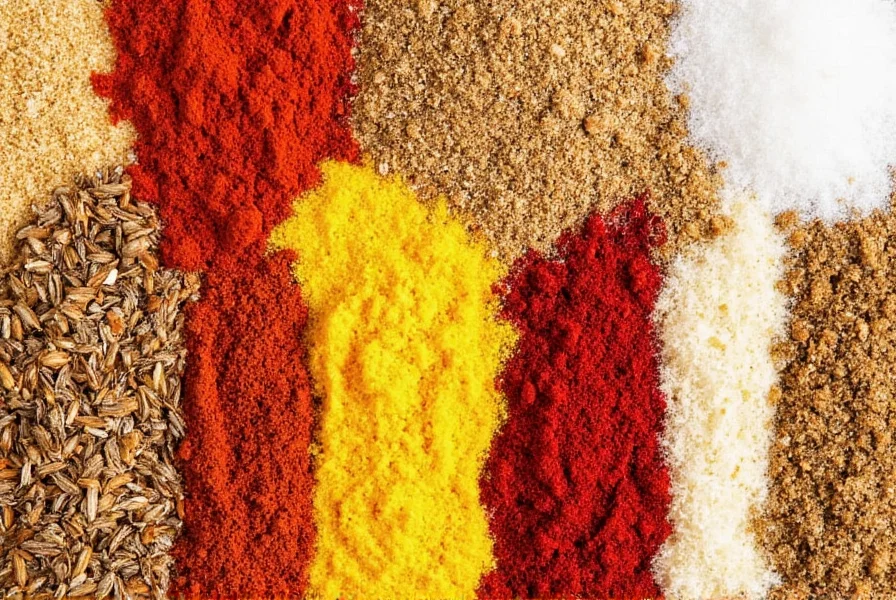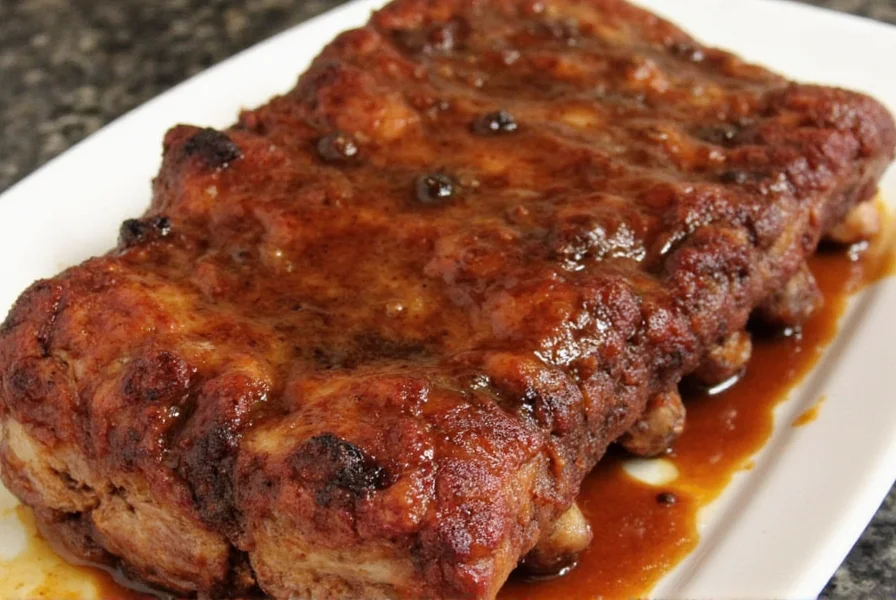| Region | Common Ingredients | Flavor Profile |
|---|---|---|
| India (South) | Turmeric, coriander, cumin, fenugreek | Earthy, warm |
| India (North) | Garam masala-heavy with cardamom | Spicy, aromatic |
| Thailand | Coriander seeds, lemongrass, galangal | Herbal, bright |
| Japan | Red pepper, fennel, ginger | Mildly sweet, smoky |
| Jamaica | Onion powder, black pepper, thyme | Peppery, bold |
Introduction
Ready to make restaurant-quality curry powder at home? This step-by-step guide provides exact measurements for authentic blends, regional variations, and creative uses. Learn why homemade beats store-bought every time.
How to Make Curry Powder at Home
Follow these precise measurements for perfect results:
- Roast: Toast 1/4 cup cumin seeds, 1/4 cup coriander seeds, and 1 tbsp mustard seeds in a dry pan until fragrant (2-3 minutes).
- Grind: Cool completely, then pulse in a spice grinder until fine.
- Mix: Combine with 2 tbsp turmeric, 1 tbsp paprika, and 1 tsp ginger powder.
- Store: Keep in a dark airtight container for up to 6 months.

Popular DIY Curry Powder Recipes
Customize with these exact measurements:
- Classic Indian Curry: 2 tbsp cumin, 2 tbsp coriander, 1 tbsp turmeric, 1 tsp ginger, 1/2 tsp black pepper
- Madras Curry: 1.5 tbsp cumin, 1.5 tbsp coriander, 1 tbsp turmeric, 1 tsp chili powder, 1/2 tsp mustard seeds
- Korma Blend: 1 tbsp coriander, 1 tbsp cumin, 1 tsp cardamom, 1/2 tsp nutmeg, 1/4 tsp mace
- Thai Green Curry: 1 tbsp coriander, 1 tsp lemongrass powder, 1/2 tsp galangal, 1/4 tsp green peppercorns
- Japanese Curry: 1.5 tbsp cumin, 1 tbsp coriander, 1 tsp fennel, 1/2 tsp allspice, 1/4 tsp clove
- Jamaican Jerk Curry: 1 tbsp cumin, 1 tbsp coriander, 1 tsp scotch bonnet powder, 1/2 tsp thyme, 1/4 tsp cinnamon
Essential Spices for DIY Curry Powder
Build your foundation with these core ingredients:
- Turmeric: 2 tbsp per batch (vibrant color + anti-inflammatory)
- Cumin: 1.5-2 tbsp (earthy backbone)
- Coriander: 1.5-2 tbsp (citrusy balance)
- Fenugreek: 1/2 tsp (nutty depth - use sparingly)
- Black Pepper: 1/2 tsp (enhances turmeric absorption)
Buying Guide for Spice Ingredients
| Spice Type | Quality Indicator | Best Use Case | Storage Tip |
|---|---|---|---|
| Whole Cumin Seeds | Plump, uniform color, no cracks | Indian and Middle Eastern blends | Store in cool, dark place for 1 year |
| Ground Turmeric | Vibrant orange-yellow, no clumps | Base for all curry powders | Use within 6 months for best color |
| Coriander Seeds | Round, light brown, fragrant aroma | Foundational for all blends | Grind fresh for maximum flavor |
| Mustard Seeds | Smooth texture, no moisture | Madras and Jamaican styles | Roast before grinding for depth |
Storage Tips
- Use dark glass jars to protect from light
- Keep away from stove heat (optimal temp: 50-70°F)
- Label with blend name and date
- Test freshness: Rub between fingers - should release strong aroma

Creative Uses Beyond Curry
- Roasted Veggies: 1 tsp per cup of vegetables (carrots, cauliflower)
- Marinades: 2 tsp per 1 lb chicken + 2 tbsp yogurt
- Popcorn: 1/4 tsp per 4 cups (with melted butter)
- Eggs: 1/2 tsp per 2 eggs in scrambled eggs
- Salad Dressings: 1/2 tsp per 4 tbsp oil + vinegar
Frequently Asked Questions
What are the exact measurements for a basic curry powder recipe?
For a standard blend: 2 tbsp cumin, 2 tbsp coriander, 1 tbsp turmeric, 1 tsp ginger, 1/2 tsp black pepper. Toast whole cumin and coriander seeds first, then mix with ground spices.
Why does my homemade curry powder taste bland?
Most likely missing toasted whole spices. Always toast cumin, coriander, and mustard seeds before grinding. Freshness matters - use spices within 6 months for best flavor.
Can I substitute fresh ginger for dried ginger powder?
No. Fresh ginger contains moisture that will cause clumping and spoilage in dry spice blends. Always use dried, ground ginger for curry powder.
How do I adjust heat levels in my curry powder?
Add cayenne pepper (1/4 tsp per batch for mild heat, up to 1 tsp for extra spicy) or red chili flakes. Remember heat intensifies over time, so start conservatively.










 浙公网安备
33010002000092号
浙公网安备
33010002000092号 浙B2-20120091-4
浙B2-20120091-4